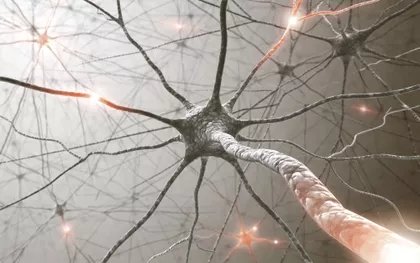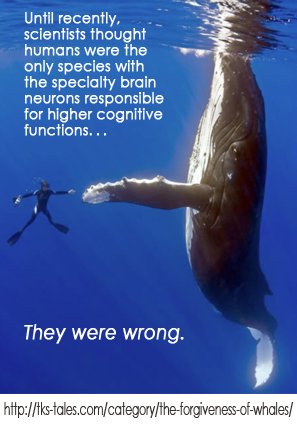
Image Source
There have been some apparent contradictions in the neuron-count theory. The two big ones right now are:

Image Source
(1) Whales have larger brains than humans, including larger neuron counts in their cerebral cortex. Therefore, they should be able to do even more than we do.
- This apparent contradiction is explained by the fact that whales only use half of their brain at any given time (one hemisphere must be asleep at all times otherwise they would drown). In any case, whales do some pretty "conscious" stuff, including laughter and playing with their prey.

Image Source
(2) Elephants have much bigger brains. They even have much larger neuron counts.
- This apparent contradiction is explained by the fact that they don't actually have that many neurons in their cerebral cortex. They have superhuman memory, for example, but they don't have the pattern recognition abilities of humans.
As for the "inner voice", I don't think that's consciousness, I think that's subconsciousness. The lizard part of our brain that tells us to reproduce, acquire more resources, stay away from danger, etc
This leads us back to the starting point, how to define consciousness. I think the most practical definition is pattern recognition.
Lizards cannot learn anything within their lifetime, adaptation takes generations. They touch the lava, they cannot learn to stop touching the lava, they keep dying.
Rodens (have a tiny cerebral cortex) can learn within their life time. They can stop touching the lava.
Monkeys (have a large cerebral cortex) can learn numerous things within their lifetime.
Humans (have the largest cerebral cortex) can recognize patterns more than any other animal.